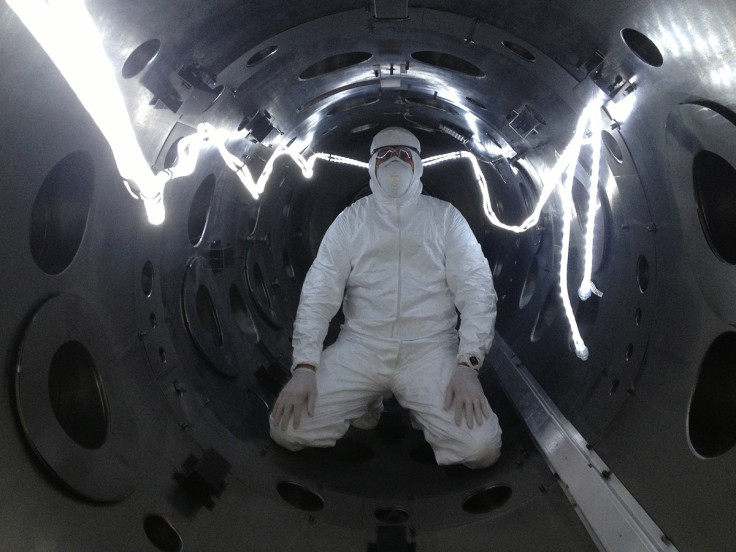Google makes 'holy grail' limitless energy breakthrough with nuclear fusion algorithm
Newly developed computer algorithm sees nuclear fusion process go from months to just days.

Google has its sights on delivering limitless energy to the world by developing a breakthrough computer algorithm that will help speed up the process of nuclear fusion.
Teaming up with Tri Alpha Energy – a leading nuclear fusion company – they together have created the Optometrist algorithm, which is able to combine high-powered computation with human judgement to find better solutions to the process.
The complex process of 'fusing' hydrogen and helium atoms together at high temperatures to create huge amounts of energy could be the key to a world that no longer needs to rely on non-renewable energy sources. Yet, despite over 60 years of research and development, scientists believe it's still a long way off.
"You have to track at least some of the trillion+ individual particles, so the whole thing is beyond what we know how to do even with Google-scale computer resources," said Ted Baltz of the Google Accelerated Science Team.
With far too many variables involved in the process, Google's algorithm has helped make a major leap forward by enabling scientists to better model the reaction of the fusion by using humans to pick out what outcomes are best for further experiments. Its Optometrist algorithm has seen a process that once took a month now only take a couple of days.
The team achieved a 50% reduction in energy losses from the system and were presented with an increase in total plasma energy.

"Results like this might take years to solve without the power of advanced computation," said Michl Binderbauer, president and chief technology officer at Tri Alpha Energy.
Nuclear fusion is the seen as the holy grail for a future of limitless, clean, zero carbon energy, but while TAE is hoping to produce electricity within ten years, others says it's decades away. While the world waits, renewable wind energy has seen a dramatic rise with the UK gaining the world's first floating offshore wind farm. Currently, the UK's wind power capacity can power 4.3 million homes.
© Copyright IBTimes 2024. All rights reserved.






